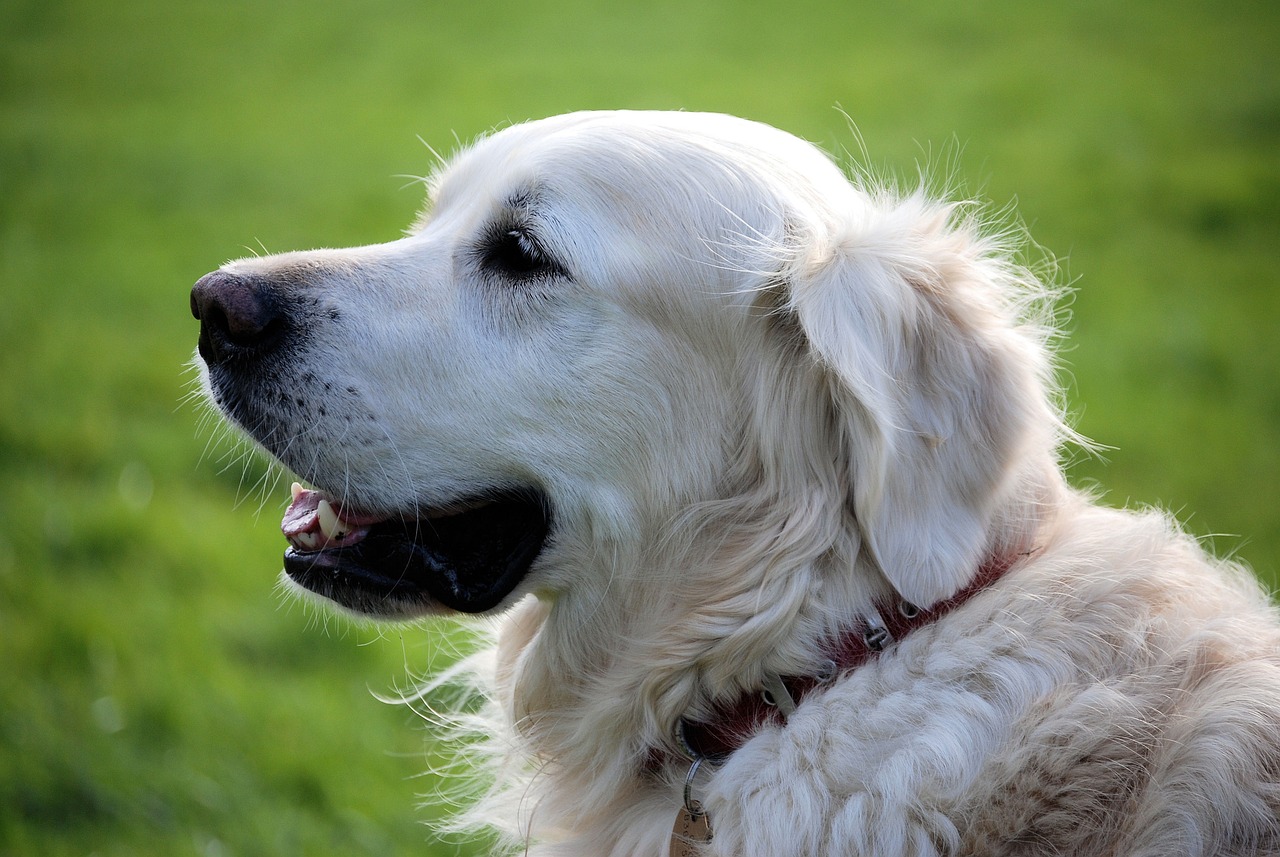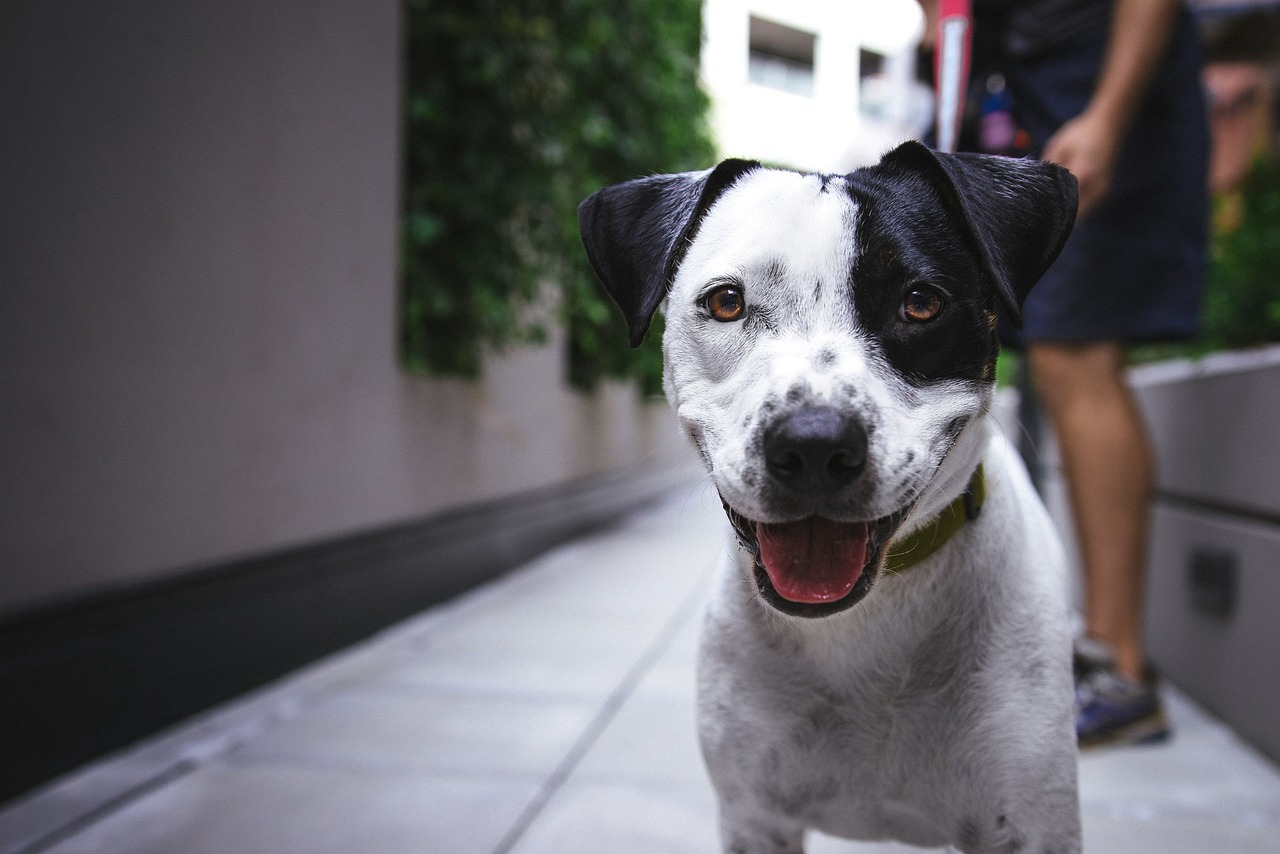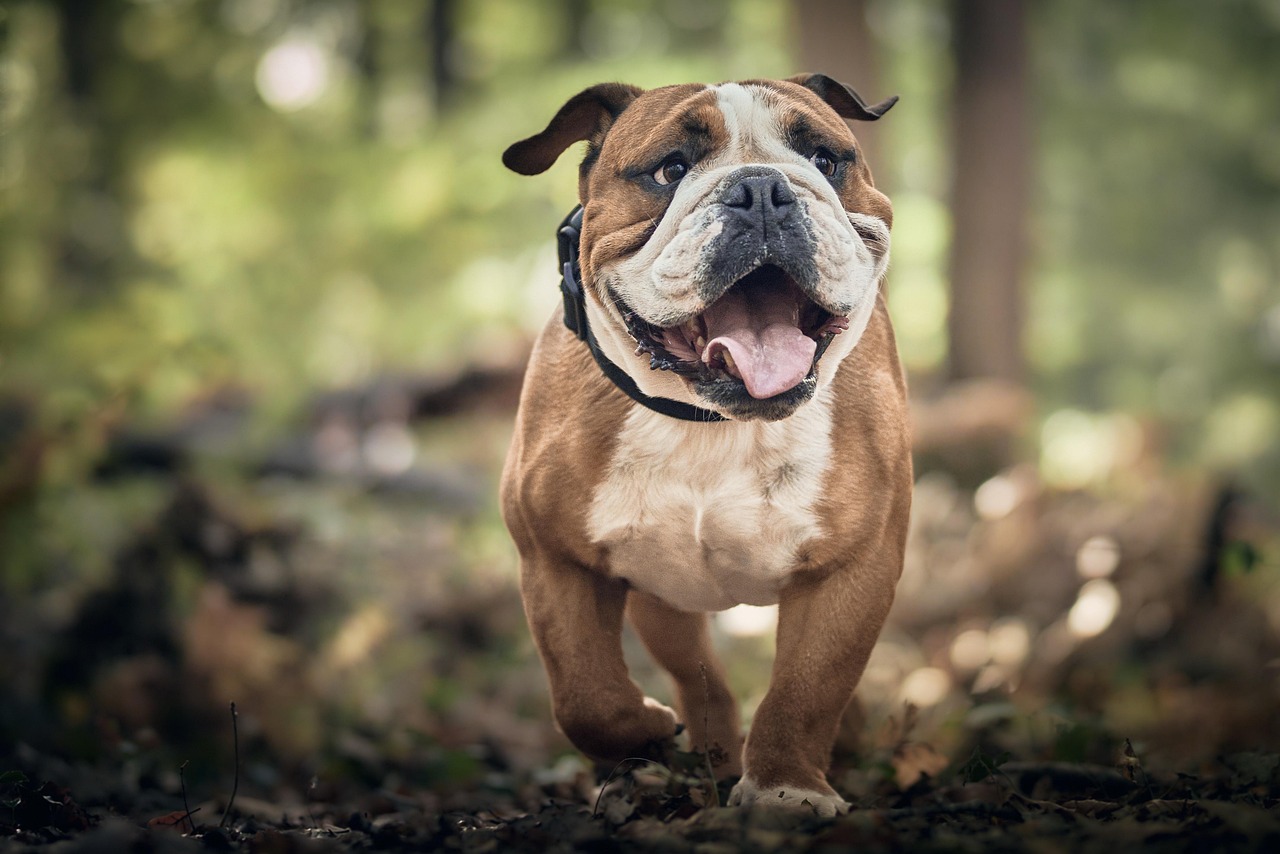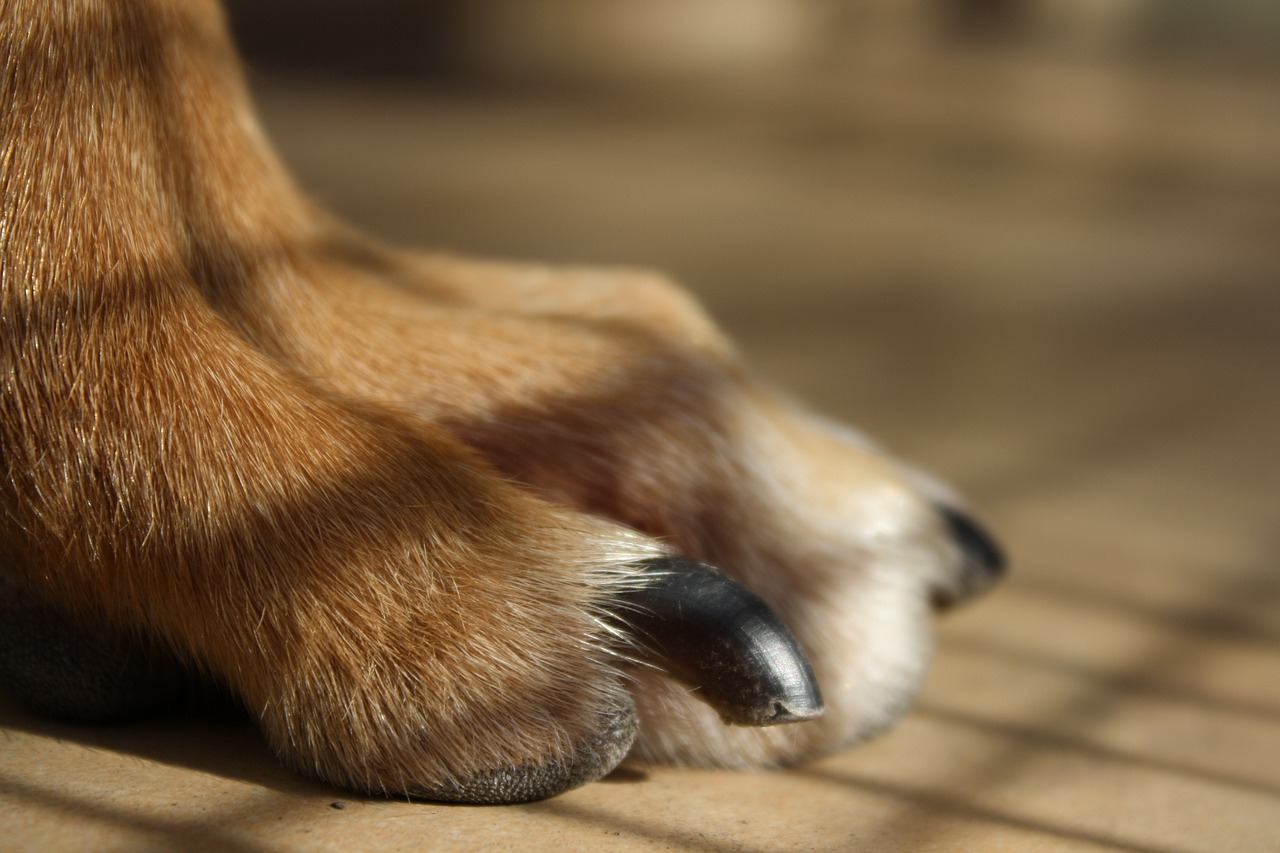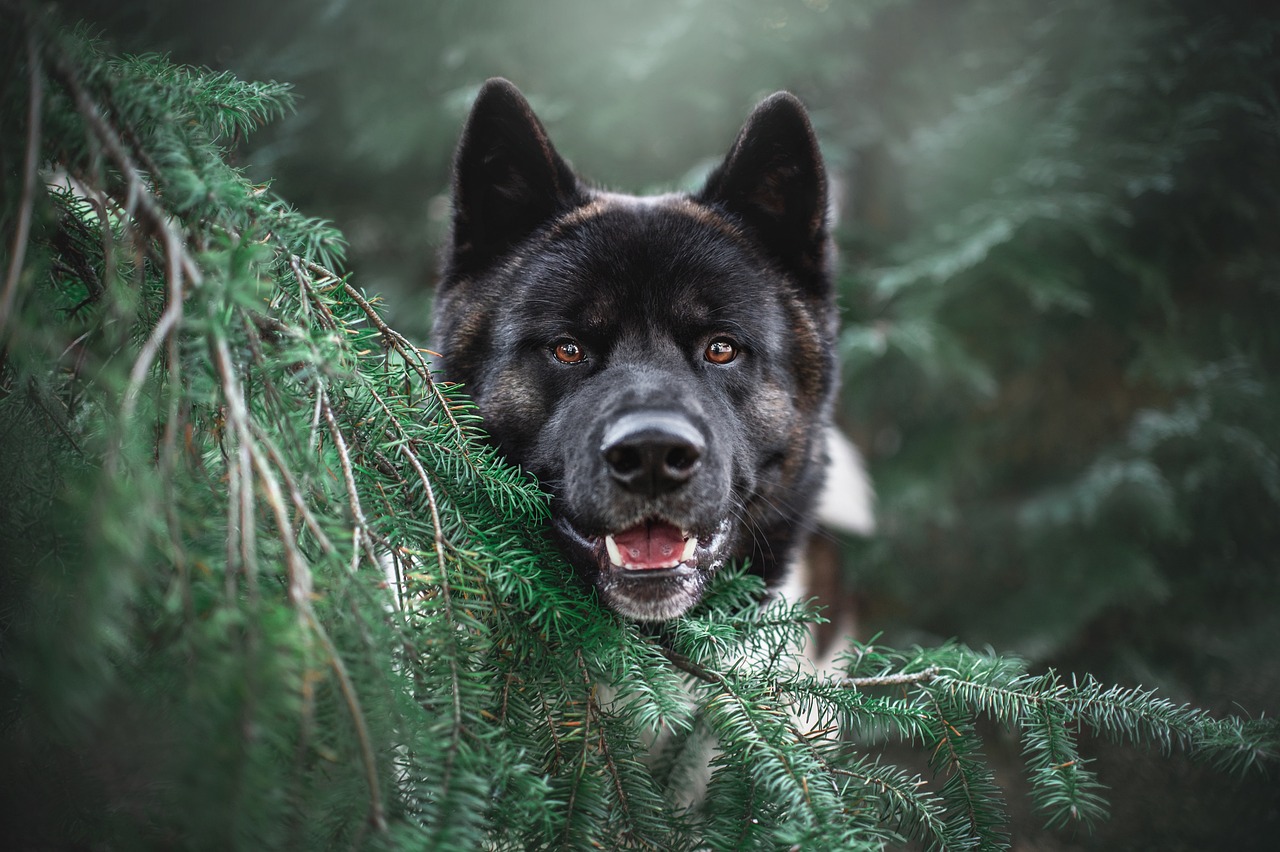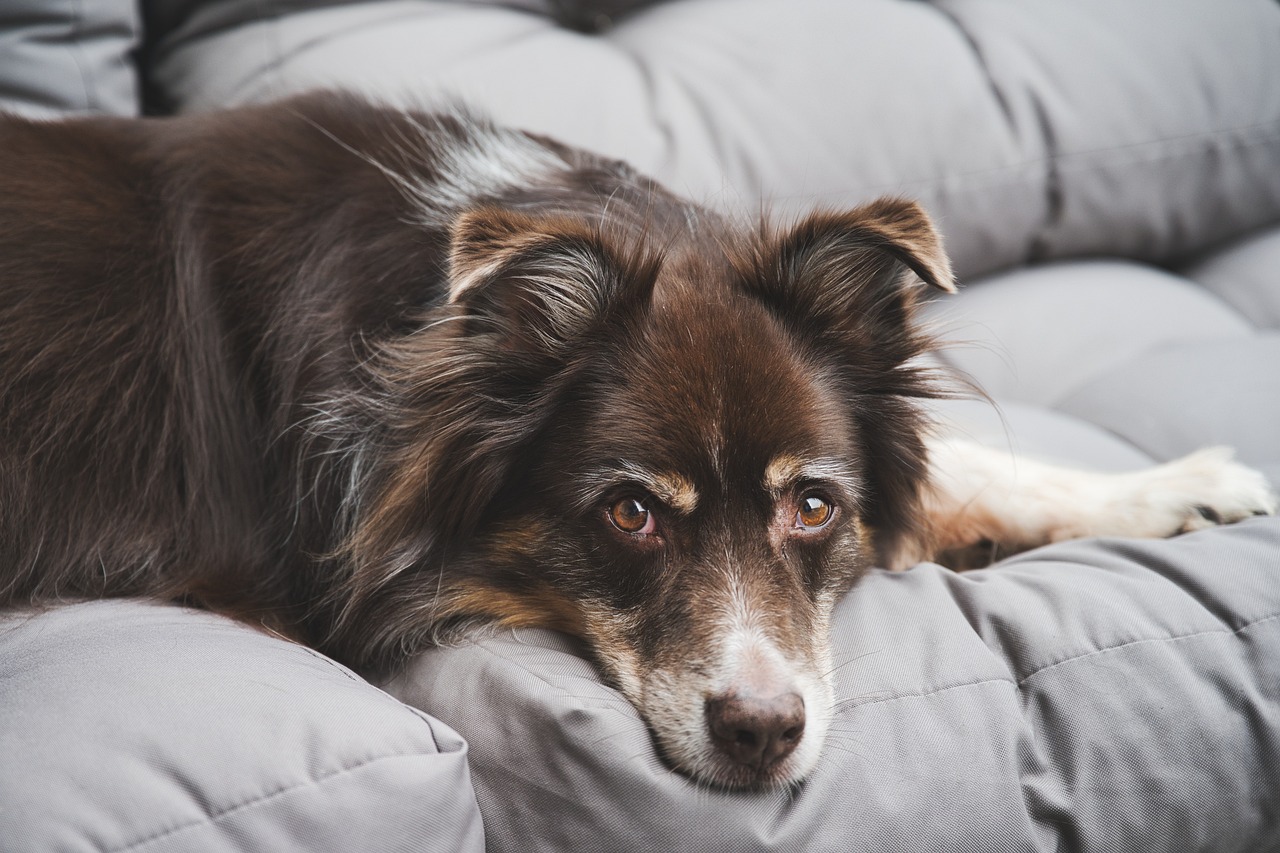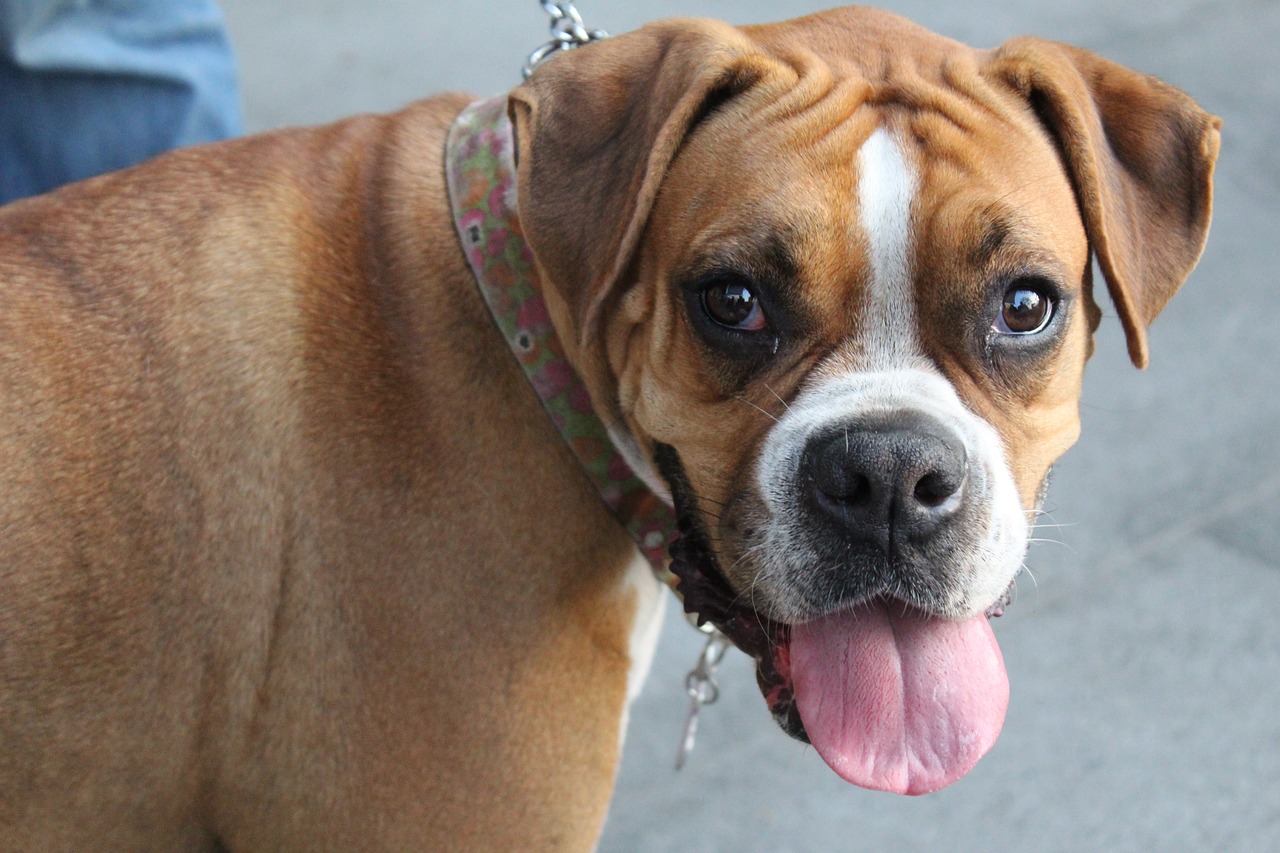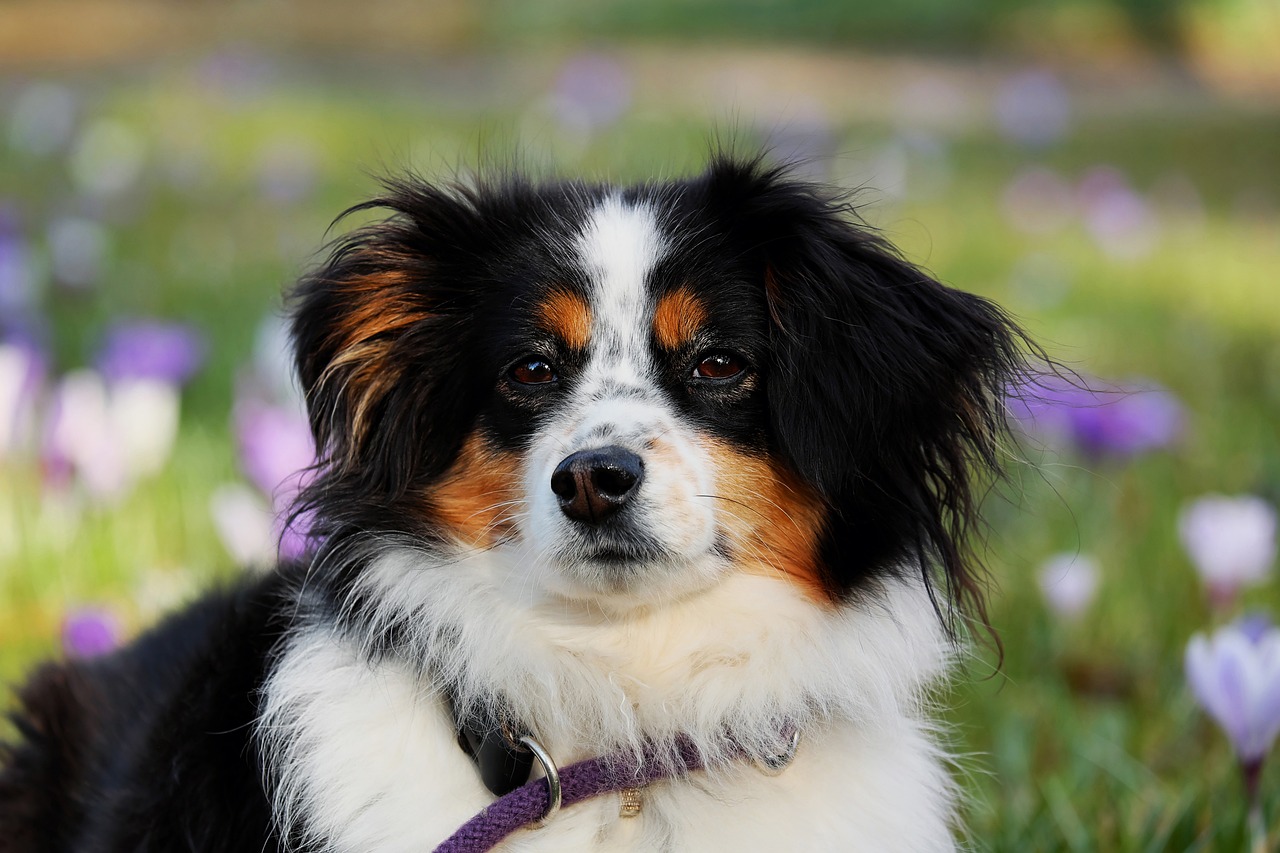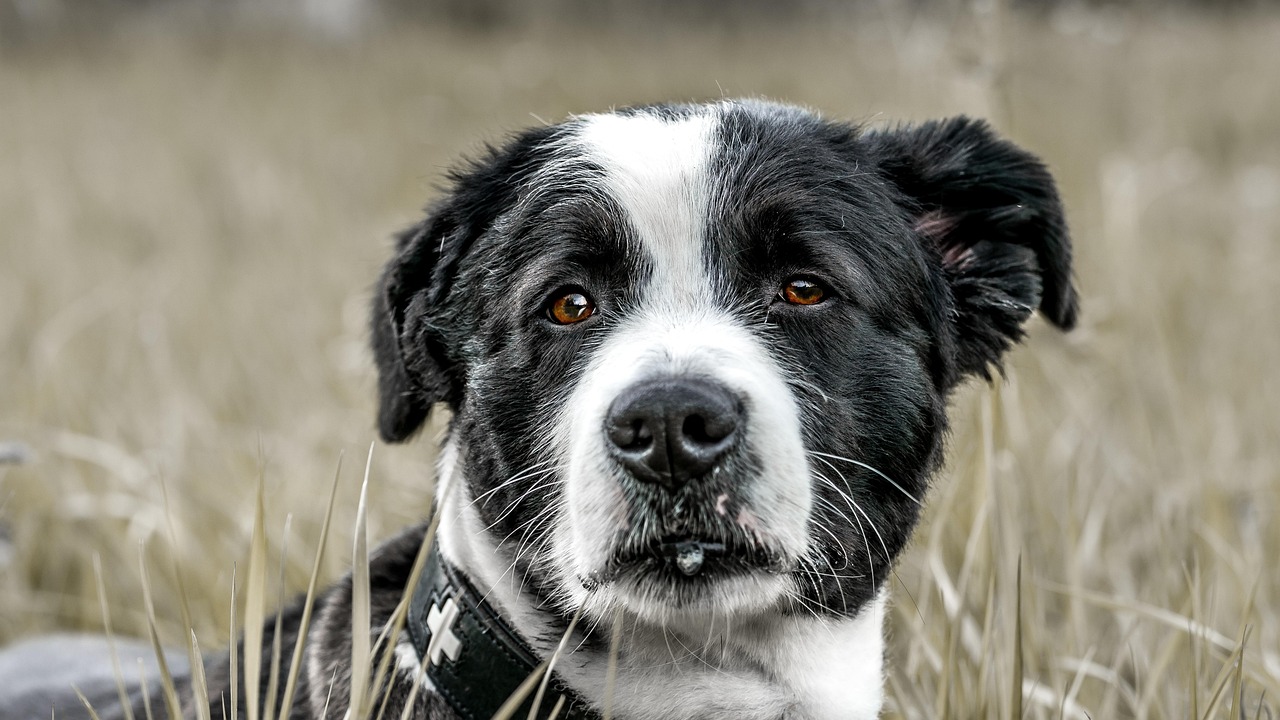This article offers crucial insights and practical advice for effectively healing deep dog bite wounds. It addresses immediate care steps, long-term healing processes, and prevention strategies to ensure optimal recovery.
Understanding Dog Bite Injuries
Dog bite injuries can vary significantly in severity, and recognizing the types of wounds is essential for effective treatment. Common classifications include puncture wounds, lacerations, and avulsions, each requiring different approaches for healing.
Immediate First Aid for Dog Bites
Prompt first aid can greatly influence the healing process. Here are the steps to take immediately after a dog bite:
- Stay Calm: Keep the victim calm to reduce anxiety.
- Control Bleeding: Apply gentle pressure with a clean cloth.
- Clean the Wound: Rinse with clean water and mild soap.
Seeking Medical Attention
In some cases, professional medical intervention is necessary. Seek help if:
- The wound is deep or bleeding heavily.
- Signs of infection appear, such as redness or pus.
Long-Term Care and Healing Strategies
Long-term care is vital for complete recovery. Here are some strategies:
- Nutrition: A balanced diet rich in vitamins C and E can promote healing.
- Rest: Ensure adequate rest to allow the body to recover.
Preventing Future Dog Bites
Prevention is crucial in avoiding future incidents. Effective strategies include:
- Training Your Dog: Proper training can help mitigate aggressive behaviors.
- Educating Others: Teach children and adults about safe interactions with dogs.
In conclusion, understanding the nature of dog bite injuries and implementing immediate and long-term care strategies can significantly enhance the healing process. Always prioritize safety and prevention to reduce the risk of future bites.
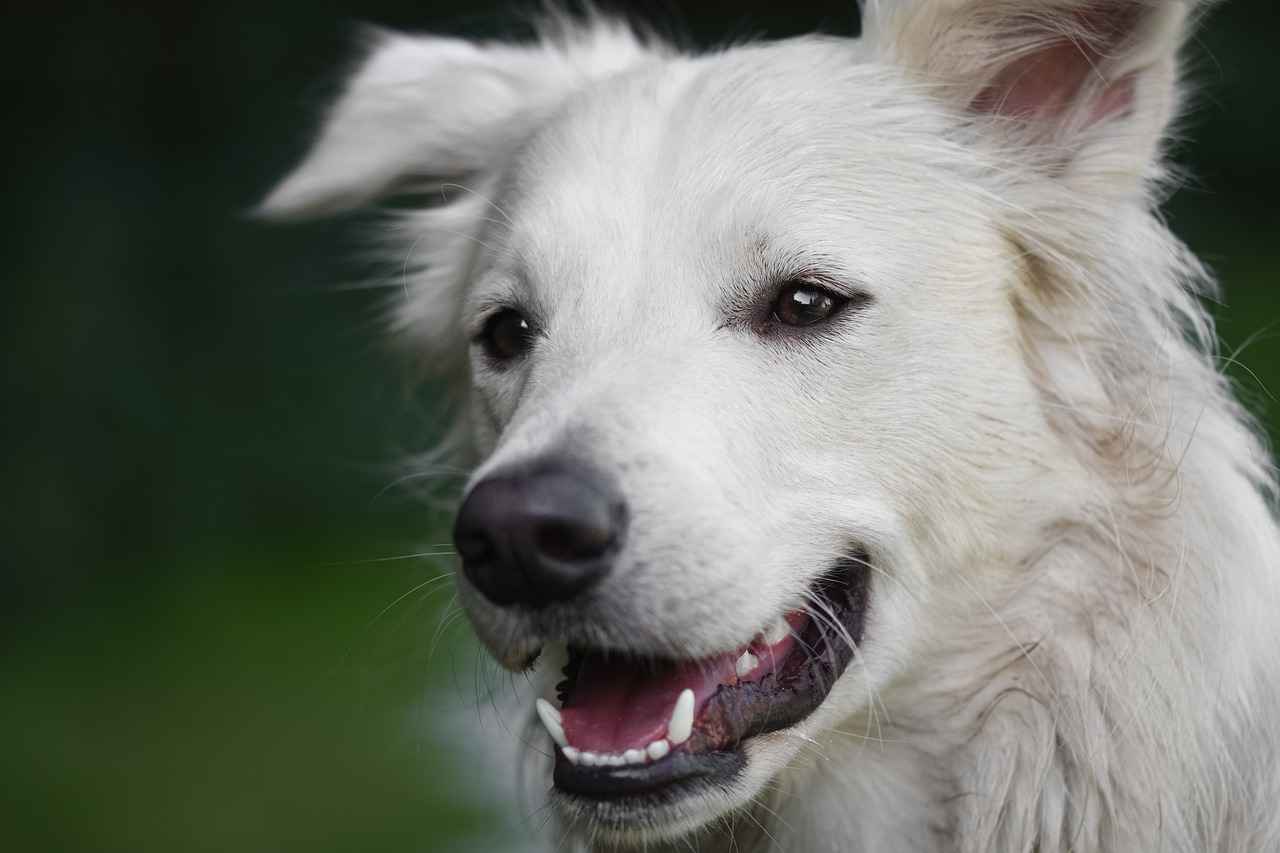
Understanding Dog Bite Injuries
Dog bite injuries can manifest in various forms, each with different implications for treatment and recovery. It is essential to recognize the severity of the injury to ensure appropriate care is provided. This section will delve into the common classifications of dog bite wounds and their significance in the healing process.
| Type of Injury | Description | Implications for Healing |
|---|---|---|
| Superficial Wounds | These are minor injuries that affect only the skin’s surface. | Typically heal quickly with proper care and minimal risk of infection. |
| Partial Thickness Wounds | Injuries that penetrate deeper into the skin but do not reach muscle or bone. | Require more attention to prevent infection and may take longer to heal. |
| Full Thickness Wounds | These wounds penetrate through the skin and subcutaneous tissue, possibly reaching muscle. | Often need medical intervention, such as stitches, and have a higher risk of complications. |
| Crush Injuries | Severe injuries resulting from a dog bite that crushes tissue. | Require immediate medical attention and can lead to significant scarring or loss of function. |
Understanding these classifications helps in determining the necessary treatment and the expected healing time. For instance, superficial wounds may only need basic first aid, while deeper injuries could necessitate surgical intervention. Recognizing the signs of complications, such as infection or delayed healing, is crucial for effective recovery.
In conclusion, awareness of the types of dog bite injuries and their implications enables pet owners and caregivers to respond appropriately. This knowledge not only aids in immediate treatment but also fosters a better understanding of long-term care strategies essential for recovery.
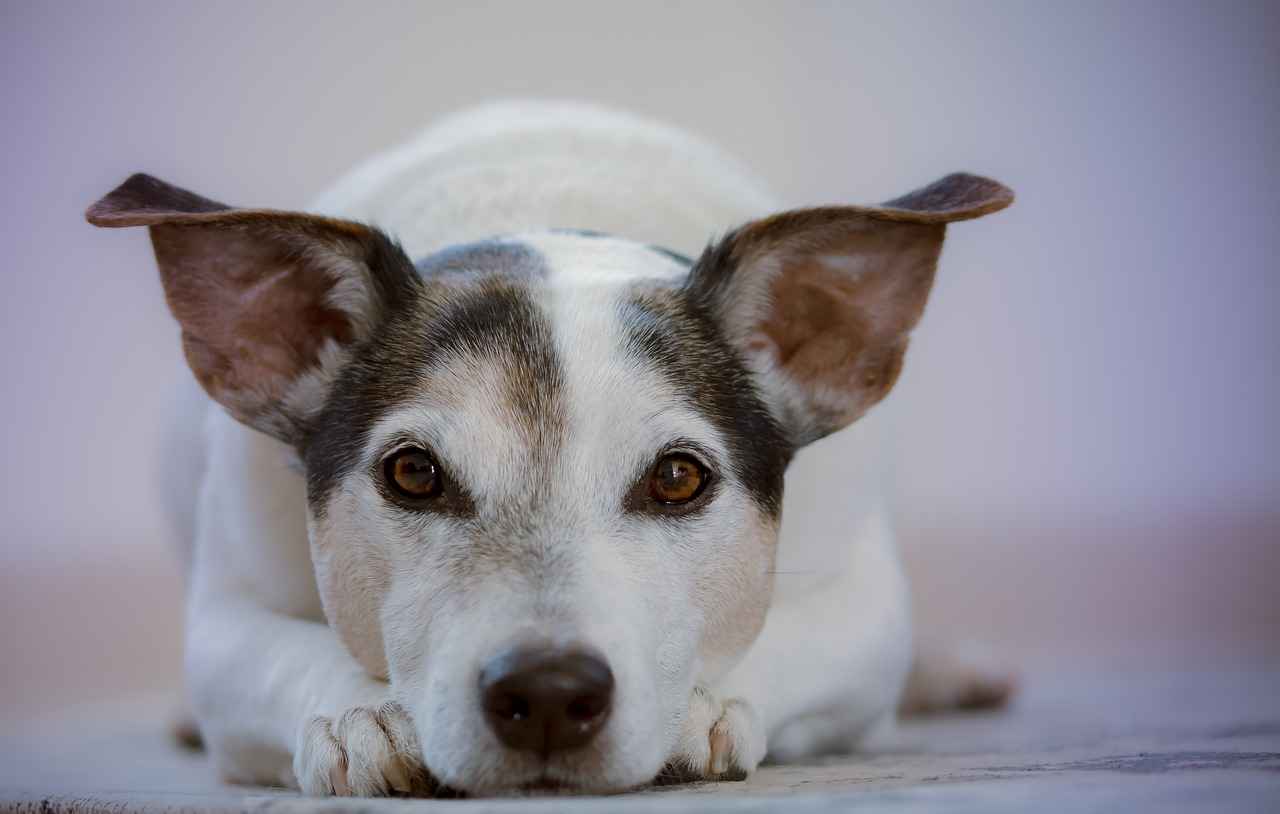
Immediate First Aid for Dog Bites
Administering first aid promptly can significantly impact the healing process after a dog bite. Quick and effective action minimizes complications and promotes faster recovery. Below are the essential steps to take immediately following a dog bite incident:
- Stay Calm: It’s important to remain calm to assess the situation properly. This helps you make rational decisions for both yourself and the dog involved.
- Assess the Injury: Determine the severity of the bite. If the wound is deep, bleeding profusely, or if you notice any signs of infection, seek medical attention immediately.
- Control the Bleeding: Apply gentle pressure with a clean cloth or bandage to control bleeding. If the bleeding does not stop after several minutes, seek medical help.
- Clean the Wound: Rinse the wound under lukewarm water for at least 5-10 minutes to remove dirt and bacteria. Avoid using harsh soaps or alcohol, as these can irritate the wound.
- Apply an Antiseptic: After cleaning, apply an antiseptic solution to help prevent infection. Options include hydrogen peroxide or iodine solutions, but consult a healthcare provider for the best choice.
- Cover the Wound: Use a sterile bandage to cover the wound. This protects it from dirt and bacteria, which can lead to infection.
- Monitor for Infection: Keep an eye on the wound for signs of infection, such as increased redness, swelling, or pus. If any symptoms arise, contact a healthcare provider promptly.
By following these steps, you can significantly reduce the risk of complications and facilitate a smoother healing process after a dog bite. Remember, in cases of severe bites or if the dog is unknown, professional medical evaluation is crucial to ensure proper treatment and care.
Cleaning the Wound
Cleaning a dog bite wound is a critical step in preventing infections and promoting healing. Proper wound care can significantly influence recovery time and overall outcomes. Here, we will discuss the essential techniques and recommended solutions for effectively cleaning a dog bite wound.
First and foremost, it is important to assess the severity of the bite. If the wound is deep, bleeding heavily, or showing signs of infection, it is advisable to seek medical attention immediately. However, for minor wounds, follow these steps:
- Wash Your Hands: Before touching the wound, ensure your hands are clean. Use soap and water or an alcohol-based hand sanitizer.
- Rinse the Wound: Gently rinse the bite area under lukewarm running water for at least 5-10 minutes. This helps to remove dirt and bacteria.
- Use a Mild Soap: Apply a mild soap around the wound, avoiding direct contact with the open area. Rinse thoroughly.
- Apply Antiseptic Solution: After cleaning, use an antiseptic solution, such as hydrogen peroxide or iodine, to disinfect the wound. Make sure to follow the instructions on the product label.
- Dry the Area: Gently pat the wound dry with a clean towel or gauze. Avoid rubbing, as this can cause further irritation.
- Cover the Wound: Use a sterile bandage to cover the wound. This protects it from dirt and bacteria while it heals.
Monitoring the wound is equally important. Check for signs of infection, such as increased redness, swelling, or pus. If any of these symptoms occur, seek medical advice promptly.
In summary, proper cleaning and care of a dog bite wound are essential for preventing infections and facilitating healing. By following these steps and maintaining vigilance, you can promote a faster recovery.
Choosing the Right Cleaning Solution
is a critical step in the wound care process, especially after a dog bite. The right solution can significantly influence the healing trajectory and reduce the risk of infection. In this section, we will explore the most effective cleaning solutions available, highlighting their benefits and applications in wound care.
When it comes to cleaning dog bite wounds, two primary types of solutions are commonly recommended: saline solutions and antiseptic solutions.
- Saline Solutions: These are sterile saltwater solutions that are gentle on the skin and effective for rinsing wounds. Saline helps to flush out debris and bacteria without causing irritation. It is particularly useful for cleaning deep wounds where dirt may be trapped.
- Antiseptic Solutions: These solutions contain active ingredients designed to kill bacteria and prevent infection. Common antiseptics include hydrogen peroxide, iodine solutions, and alcohol-based cleaners. While effective, they can sometimes irritate the skin, so they should be used cautiously.
Choosing between saline and antiseptic solutions often depends on the severity and nature of the wound. For minor wounds, saline is typically sufficient and less harsh on healing tissue. However, for more serious injuries, a diluted antiseptic solution may be necessary to ensure that harmful bacteria are eliminated.
It is essential to note that overusing antiseptics can delay the healing process. Therefore, it is advisable to consult with a healthcare provider to determine the most suitable cleaning solution for your specific situation.
In summary, selecting the right cleaning solution plays a vital role in wound management. Understanding the differences between saline and antiseptic solutions can empower individuals to make informed decisions that promote faster healing and reduce complications.
Techniques for Wound Cleaning
Cleaning a dog bite wound effectively is essential to prevent further injury and reduce the risk of infection. Here, we outline a series of step-by-step techniques that can enhance the cleaning process and promote optimal healing.
- Gather Your Supplies: Before you start, make sure you have the following items ready:
- Clean water or saline solution
- Antiseptic solution (such as hydrogen peroxide or iodine)
- Sterile gauze or clean cloth
- Adhesive bandage or sterile dressing
- Gloves (if available)
- Wash Your Hands: Always begin by thoroughly washing your hands with soap and water. If gloves are available, wear them to maintain hygiene.
- Rinse the Wound: Gently rinse the wound under clean, running water for at least 5 to 10 minutes. This helps to remove dirt and debris.
- Apply Antiseptic: After rinsing, apply a small amount of antiseptic solution to the wound using a sterile gauze or cloth. Avoid using excessive pressure, as this may cause further damage.
- Cover the Wound: Once cleaned, cover the wound with a sterile dressing or adhesive bandage to protect it from bacteria and further injury.
- Monitor the Wound: Keep an eye on the wound for signs of infection, such as increased redness, swelling, or discharge. Change the dressing regularly and keep the area clean.
By following these cleaning techniques, you can ensure that the dog bite wound is properly cared for, minimizing the risk of complications and promoting a faster recovery.
Seeking Medical Attention
When it comes to dog bites, understanding when to seek professional medical help is crucial for effective recovery. Prompt intervention can prevent complications and ensure proper healing. This section outlines the circumstances that warrant a visit to a healthcare provider and what you can expect during that visit.
First and foremost, if the dog bite is deep or if it has caused significant bleeding, it is essential to seek immediate medical attention. Deep wounds are more prone to infections and may require stitches or other medical interventions. Additionally, if the bite is from an unknown or unvaccinated dog, consulting a medical professional is critical to assess the risk of rabies and other diseases.
Another important factor to consider is the location of the bite. Bites on the face, hands, or joints may require specialized care due to the potential for functional impairment or cosmetic concerns. If a bite occurs in these areas, don’t hesitate to contact a healthcare provider.
Furthermore, if you begin to notice symptoms such as increased redness, swelling, or discharge from the wound, these may be signs of infection. In such cases, it is vital to reach out to a healthcare professional to receive appropriate treatment. Early intervention can make a significant difference in recovery time.
During your visit, the healthcare provider will conduct a thorough examination of the wound. They may clean the area, assess for any foreign objects, and determine if stitches or further treatment is necessary. Additionally, they may discuss tetanus shots or rabies vaccinations, depending on the circumstances surrounding the bite.
In conclusion, knowing when to seek medical attention after a dog bite can significantly impact your recovery. If in doubt, it’s always better to err on the side of caution and consult a healthcare professional.
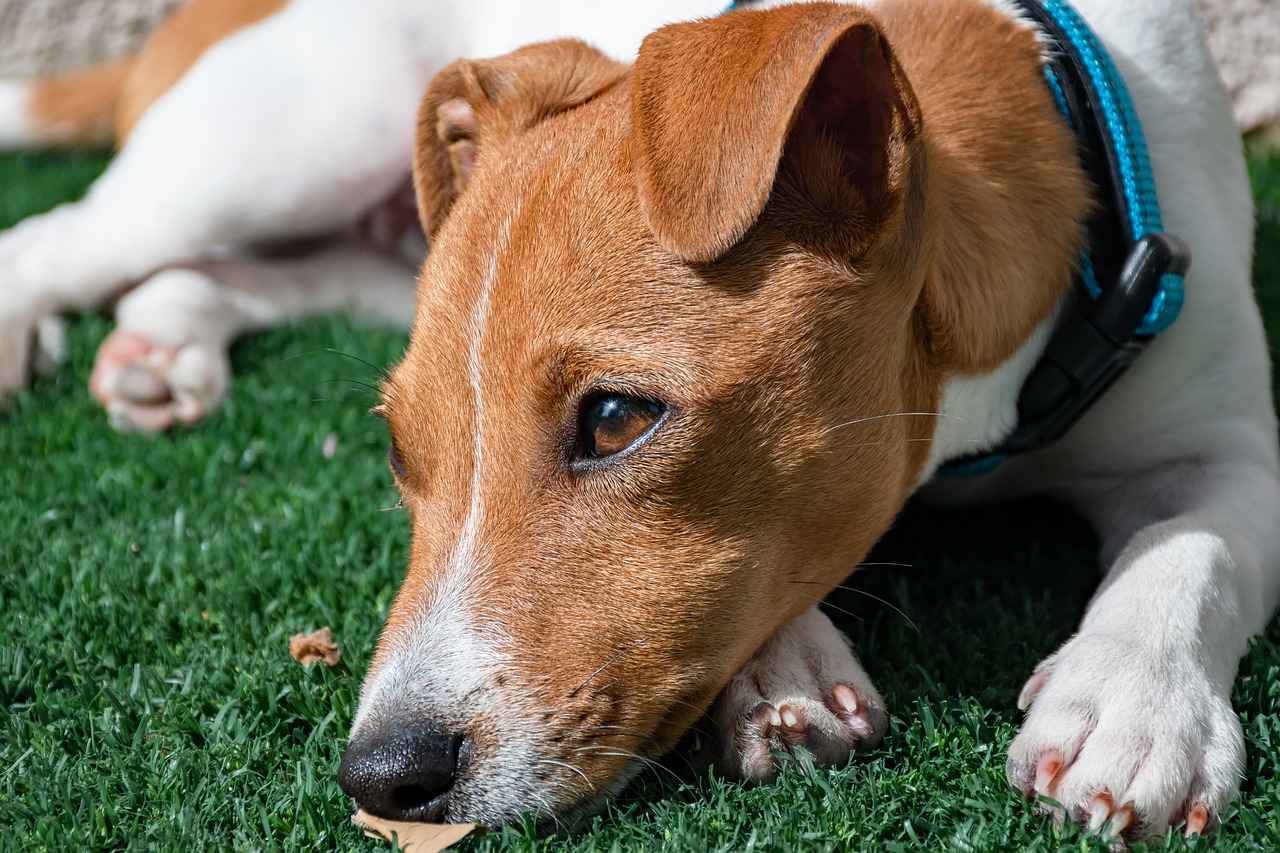
Signs of Infection to Watch For
Recognizing the signs of infection early is crucial in preventing serious complications after a dog bite. While most dog bites can heal without incident, infections can occur, leading to more severe health issues. This section outlines common symptoms to monitor and provides guidance on when to seek medical attention.
| Symptom | Description |
|---|---|
| Redness | Increased redness around the wound site, indicating possible inflammation. |
| Swelling | Significant swelling may suggest that the body is responding to an infection. |
| Pus or Discharge | Presence of pus or any unusual discharge is a clear sign of infection. |
| Increased Pain | Worsening pain that does not improve with time can indicate complications. |
| Fever | A fever may signal that the body is fighting an infection. |
It is essential to monitor these symptoms closely. If you notice any of the signs listed above, acting promptly is vital. Contact a healthcare provider if:
- The symptoms worsen or do not improve within a few days.
- You develop a fever along with other symptoms.
- The wound appears increasingly red, swollen, or painful.
Infections can escalate quickly, so early intervention can make a significant difference in recovery. Always prioritize your health and consult a professional if unsure about the severity of your symptoms.
Common Symptoms of Infection
In the aftermath of a dog bite, it is crucial to monitor the wound closely for any signs of infection. Infections can complicate the healing process and lead to serious health issues if not addressed promptly. This section will explore the , providing you with essential knowledge to ensure a smooth recovery.
- Redness: One of the first indicators of infection is an increase in redness around the wound. While some redness is normal following a bite, persistent or spreading redness can signal an infection.
- Swelling: Swelling is another common symptom. If the area around the bite becomes increasingly swollen, it may indicate that the body is fighting an infection. Pay attention to any significant changes in size.
- Pus or Discharge: The presence of pus is a clear sign of infection. This thick, yellowish fluid may ooze from the wound, indicating that bacteria are multiplying. Any unusual discharge should be taken seriously.
- Increased Pain: While some pain is expected after a dog bite, increasing pain that worsens over time can be a warning sign that an infection is developing.
- Fever: A fever may accompany an infection, as the body raises its temperature to combat pathogens. If you experience a fever after a dog bite, it is essential to seek medical advice.
- Delayed Healing: If the wound does not show signs of healing after several days, or if it seems to worsen, this could indicate an infection that requires medical attention.
Recognizing these symptoms early is vital for effective treatment. If you notice any of these signs, do not hesitate to contact a healthcare provider. Prompt action can prevent complications and promote a faster recovery.
When to Contact a Healthcare Provider
Knowing when to reach out to a healthcare provider is crucial for ensuring proper healing after a dog bite. While some wounds may seem minor, others can lead to serious complications if not treated appropriately. This section provides guidance on specific scenarios where professional help is warranted.
- Severe Wounds: If the bite has punctured the skin deeply or caused significant tissue damage, it is essential to seek medical attention. Deep wounds are more likely to become infected and may require stitches or other interventions.
- Signs of Infection: If you notice symptoms such as increased redness, swelling, warmth around the wound, or discharge of pus, it is critical to contact a healthcare provider. These are common signs of infection that can escalate if not treated promptly.
- Persistent Pain: While some discomfort is normal after a dog bite, excessive or worsening pain can indicate complications. If pain persists despite home care measures, consult a healthcare professional.
- Allergic Reactions: In some cases, individuals may experience allergic reactions to the dog’s saliva or the wound care products used. Symptoms like hives, swelling, or difficulty breathing require immediate medical attention.
- Pre-existing Health Conditions: Individuals with compromised immune systems or underlying health issues should seek medical advice promptly, as they may be at higher risk for complications.
- Rabies Exposure: If the dog that bit you is unvaccinated or unknown, it is vital to consult a healthcare provider regarding rabies exposure. Rabies is a serious condition that requires immediate attention.
In summary, being vigilant about your symptoms and recognizing when to seek professional help can significantly impact your recovery from a dog bite. Always err on the side of caution and consult a healthcare provider if you have any concerns.

Long-Term Care and Healing Strategies
Effective long-term care is crucial for achieving a complete recovery after a dog bite. Following an initial treatment, the healing process may take time, and implementing practical strategies can significantly enhance recovery. This section presents essential tips and techniques designed to promote healing and manage pain effectively.
- Nutrition for Optimal Healing: A well-balanced diet rich in vitamins and minerals is vital for wound recovery. Focus on incorporating foods high in protein, such as lean meats, fish, and legumes, as they aid in tissue repair. Additionally, include plenty of fruits and vegetables, which provide antioxidants that help combat inflammation.
- Hydration: Staying hydrated is essential during the healing process. Water supports metabolic functions and helps flush out toxins from the body. Aim for at least 8-10 glasses of water daily, adjusting based on activity levels and climate.
- Rest and Recovery Techniques: Allowing your body adequate rest is fundamental to healing. Ensure you get enough sleep each night, as this is when the body repairs itself. Consider incorporating light activities like walking or gentle stretching to improve circulation without overexerting yourself.
- Pain Management: Managing pain effectively can enhance your overall recovery experience. Over-the-counter pain relievers, such as ibuprofen or acetaminophen, can help alleviate discomfort. Consult your healthcare provider for personalized recommendations based on your specific situation.
- Follow-Up Care: Regular follow-up appointments with your healthcare provider are essential to monitor the healing process. These visits allow for timely interventions if complications arise and ensure that your recovery is on track.
In conclusion, implementing these long-term care strategies can significantly improve recovery after a dog bite. By focusing on nutrition, hydration, rest, pain management, and follow-up care, you can promote healing and regain your strength effectively.
Nutrition for Wound Healing
Nutrition plays a crucial role in the wound healing process, especially after experiencing injuries such as dog bites. A well-balanced diet can significantly enhance recovery by providing the body with essential nutrients that facilitate healing and reduce inflammation. In this section, we will explore the key nutrients that support recovery and suggest specific foods to incorporate into your diet.
Key Nutrients for Healing
- Protein: Essential for tissue repair, protein helps rebuild damaged skin and muscle. Sources include lean meats, fish, eggs, dairy products, legumes, and nuts.
- Vitamins: Vitamins A, C, and E are particularly important. Vitamin A promotes skin health, vitamin C aids in collagen formation, and vitamin E acts as an antioxidant. Include foods like carrots, citrus fruits, and almonds.
- Minerals: Zinc and iron are vital for immune function and healing. Foods rich in zinc include oysters, beef, and pumpkin seeds, while iron can be found in spinach, lentils, and red meat.
- Omega-3 Fatty Acids: These healthy fats help reduce inflammation and promote healing. Sources are fatty fish like salmon, walnuts, and flaxseeds.
Foods to Include in Your Recovery Diet
- Leafy Greens: Spinach and kale are packed with vitamins and minerals that support healing.
- Fruits: Berries and citrus fruits provide antioxidants and vitamin C, essential for skin repair.
- Whole Grains: Brown rice and quinoa offer energy and nutrients necessary for recovery.
- Lean Proteins: Chicken, turkey, and plant-based proteins are excellent for tissue repair.
In conclusion, maintaining a balanced diet rich in essential nutrients is vital for effective wound healing. By incorporating a variety of nutrient-dense foods, you can support your body’s recovery process and promote faster healing after injuries like dog bites. Always consult with a healthcare professional or a registered dietitian for personalized dietary recommendations.
Rest and Recovery Techniques
Rest is a crucial component of the healing process, especially after experiencing a deep dog bite. When the body is injured, it requires time and resources to repair damaged tissues and combat potential infections. Therefore, understanding effective can significantly enhance the healing journey.
One of the most important strategies is to ensure adequate rest. This means allowing your body to recuperate without excessive physical activity that could exacerbate the injury. Here are some practical techniques to incorporate into your recovery plan:
- Establish a Comfortable Resting Environment: Create a quiet and comfortable space where you can relax. This includes using supportive pillows and blankets to help reduce strain on your body.
- Limit Physical Activity: Avoid strenuous activities that can stress the injured area. Instead, focus on gentle movements or stretches that promote blood circulation without causing pain.
- Stay Hydrated: Drinking plenty of water is essential for recovery. Hydration aids in healing and helps flush out toxins from the body.
- Incorporate Relaxation Techniques: Practices such as meditation, deep breathing, or gentle yoga can help reduce stress and promote a sense of well-being during recovery.
- Follow a Nutrient-Rich Diet: Consuming foods rich in vitamins and minerals can support the healing process. Foods high in protein, vitamins A, C, and E, and zinc are particularly beneficial.
In addition to rest, consider seeking professional guidance from healthcare providers. They can offer tailored advice based on your specific situation, ensuring that you are on the right path to recovery.
In conclusion, play a vital role in healing from a dog bite. By prioritizing rest and incorporating supportive strategies, you can enhance your recovery process and return to your normal activities more quickly.

Preventing Future Dog Bites
Preventing dog bites is essential for ensuring the safety of both humans and dogs. By implementing effective strategies, we can significantly reduce the risk of incidents. This section will delve into various preventive measures that focus on both training techniques for dogs and educational initiatives for owners and the community.
Training Your Dog to Prevent Aggression
Proper training is crucial in mitigating aggressive behavior in dogs. Here are some effective methods:
- Socialization: Expose your dog to different environments, people, and other animals from an early age. This helps them become more comfortable and reduces fear-based aggression.
- Positive Reinforcement: Use treats and praise to reward good behavior. This encourages dogs to associate positive experiences with appropriate actions, such as calm interactions with strangers.
- Obedience Training: Teaching basic commands like “sit,” “stay,” and “leave it” can help manage your dog’s behavior in various situations, making it easier to control them.
Educating Others on Dog Safety
Education plays a vital role in preventing dog bites. Here are some strategies to promote safety:
- Teaching Children: Educate children on how to approach and interact with dogs safely. They should learn not to disturb a dog that is eating, sleeping, or caring for puppies.
- Community Workshops: Organize workshops that focus on responsible dog ownership and safe interaction practices. This can help raise awareness and foster a safer community environment.
- Promoting Spay and Neuter Programs: Encourage spaying and neutering to reduce aggressive behaviors often associated with unaltered pets.
Conclusion
By focusing on effective training and education, we can create a safer environment for both dogs and humans. Implementing these strategies not only helps prevent dog bites but also promotes a harmonious relationship between pets and their owners.
Training Your Dog to Prevent Aggression
Effective dog training is essential in promoting a peaceful coexistence between dogs and humans. Aggressive behavior in dogs can lead to unfortunate incidents, including bites, which can have serious consequences for both the dog and the owner. Therefore, adopting proper training methods is crucial to mitigate these behaviors and ensure the safety of everyone involved.
One of the most effective ways to reduce aggression is through positive reinforcement. This technique involves rewarding desirable behaviors, which encourages dogs to repeat those actions. For instance, when a dog remains calm in the presence of strangers or other dogs, offering treats or praise reinforces that behavior. This method not only builds trust but also enhances the dog’s overall temperament.
Another effective strategy is socialization. Exposing your dog to various environments, people, and other animals at a young age can significantly reduce fear-based aggression. Gradual introductions to different stimuli help dogs learn how to react appropriately, fostering confidence and reducing anxiety.
Consistency in training is paramount. Establishing clear rules and boundaries helps dogs understand what is expected of them. Using the same commands and signals reinforces learning and builds a solid foundation for good behavior. Additionally, involving all family members in the training process ensures that the dog receives a unified message, minimizing confusion.
Moreover, seeking the assistance of a professional dog trainer or behaviorist can provide valuable insights and tailored strategies. These experts can assess your dog’s specific needs and recommend targeted training techniques that address aggression effectively.
In conclusion, proper training is vital in preventing aggressive behavior in dogs. By implementing positive reinforcement, ensuring socialization, maintaining consistency, and seeking professional help when needed, dog owners can significantly reduce the likelihood of aggressive incidents, creating a safer environment for everyone.
Educating Others on Dog Safety
Education plays a crucial role in preventing dog bites and fostering a safer environment for both humans and dogs. Understanding how to interact safely with dogs can significantly reduce the risk of bites and injuries. This section emphasizes the importance of teaching both children and adults about appropriate behaviors around dogs.
- Understanding Dog Behavior: It is essential for individuals to recognize the signs of a dog’s mood. Dogs communicate through body language, and being able to identify signs of stress or aggression can help prevent dangerous encounters.
- Teaching Children: Children should be taught the basics of dog safety, such as not approaching unfamiliar dogs, understanding the concept of personal space, and knowing when a dog may feel threatened.
- Adult Awareness: Adults should also be educated on safe interactions with dogs, especially when meeting dogs in public spaces. Understanding how to approach a dog calmly and respectfully can make a significant difference.
Implementing educational programs in schools and community centers can be an effective way to spread awareness. Such programs can include:
- Workshops: Conducting workshops that involve hands-on experiences with trained dogs can help participants learn the do’s and don’ts of dog interactions.
- Visual Aids: Using posters, videos, and infographics can help reinforce learning and make the information more accessible to all age groups.
- Community Events: Hosting community events focused on dog safety can engage families and encourage discussions about responsible pet ownership and safety practices.
In conclusion, fostering a culture of education and awareness about dog safety is essential in preventing bites. By equipping both children and adults with the knowledge to interact safely with dogs, we can create a more harmonious environment for everyone.
Frequently Asked Questions
- What should I do immediately after a dog bite?
First things first! You need to clean the wound right away. Rinse it under running water to remove dirt and bacteria. If possible, use a mild soap. After that, apply an antiseptic and cover it with a clean bandage. Don’t forget to keep an eye on it for any signs of infection!
- When should I seek medical attention for a dog bite?
If the bite is deep, won’t stop bleeding, or shows signs of infection like redness, swelling, or pus, it’s time to see a doctor. Also, if the dog was unknown or unvaccinated, you should definitely get checked out!
- How can I prevent future dog bites?
Prevention is key! Start with training your dog to reduce aggressive behavior. Also, educate your family and friends about safe interactions with dogs. Teaching kids to respect a dog’s space can go a long way in keeping everyone safe.
- What are the signs of infection I should watch for?
Keep an eye out for increased redness, swelling, warmth, or pus coming from the wound. If you notice any of these symptoms, it’s important to contact a healthcare provider right away!
- How does nutrition affect healing from a dog bite?
A balanced diet rich in vitamins and minerals, especially protein, can speed up the healing process. Foods like lean meats, fruits, and vegetables are your best friends during recovery!


